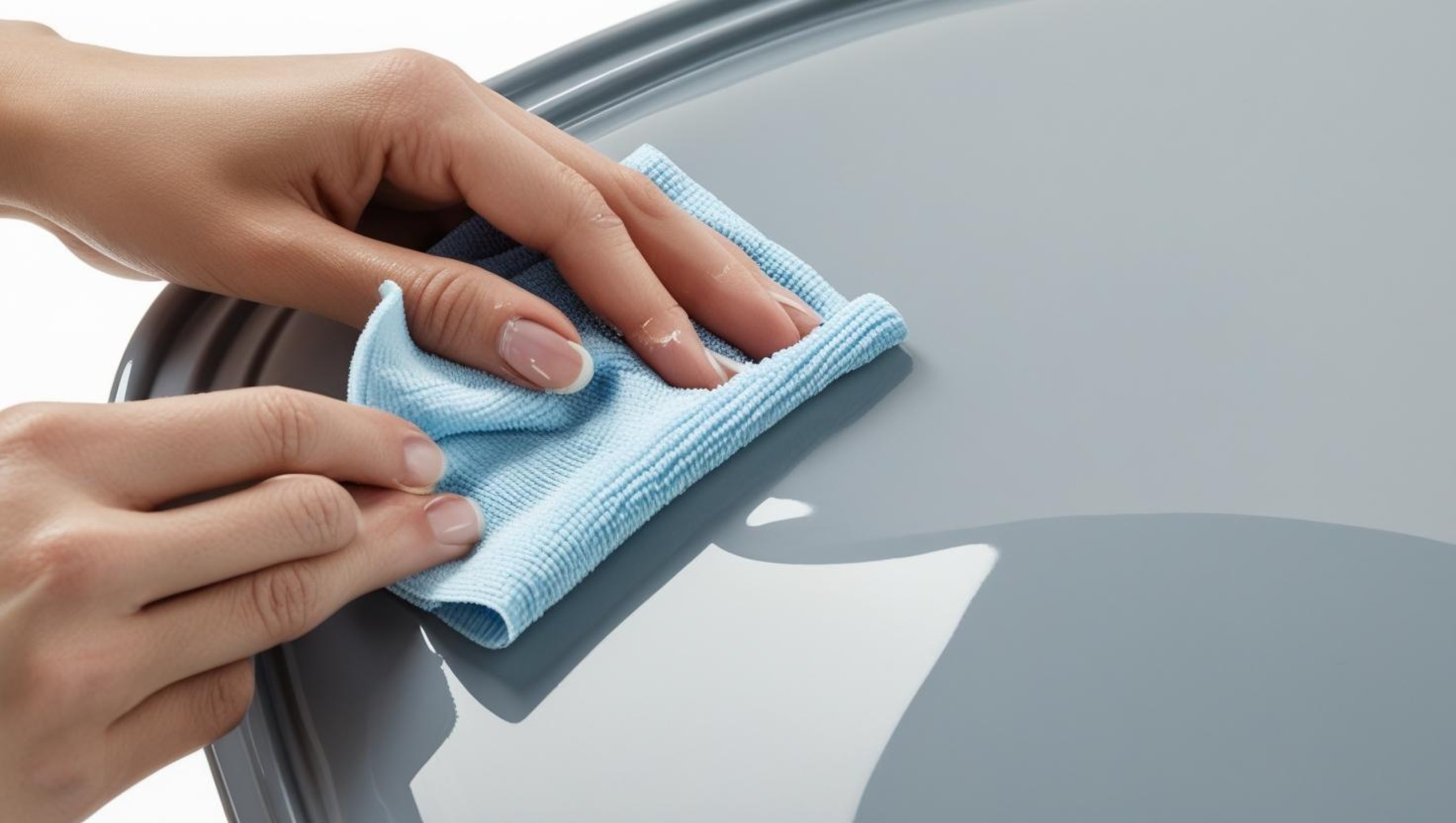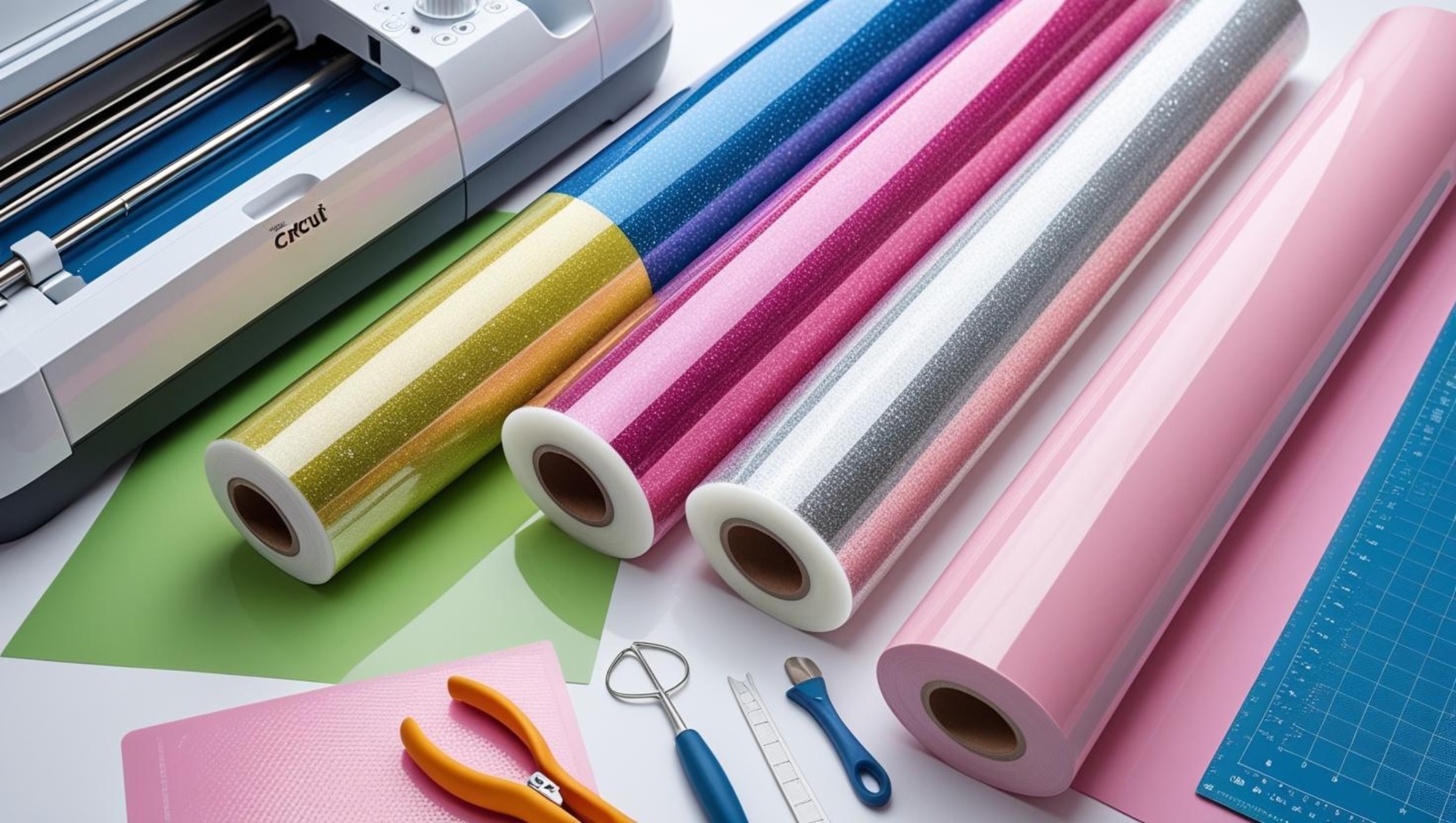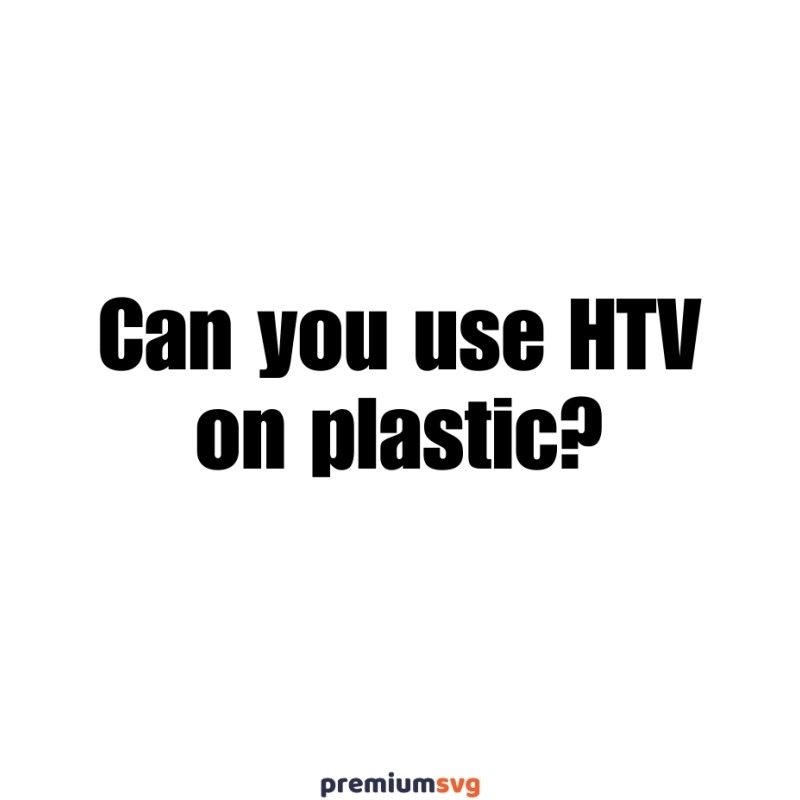Can you use HTV on plastic?
Yes, you can! Applying heat transfer vinyl (HTV) on plastic opens up a whole new world of possibilities for your creative projects. While it does require some special considerations, with the right techniques and materials, you can get great results. You can heat transfer vinyl onto a lot of surfaces, not just fabric, by adjusting your methods for each material. Plus, HTV can be used on other materials and new materials, so you can experiment and be versatile in your crafting projects. Don’t be afraid to try htv on an unconventional surface and think outside the box to find unique and creative applications. This guide covers everything you need to know about using htv on plastic surfaces, including htv on canvas, neoprene, nylon, wood, and metal.

Preparing Your Plastic Surface
Clean the plastic thoroughly before applying htv. Use rubbing alcohol to remove any oils, dirt or residue to help the vinyl adhere properly. Make sure the surface is dry and free of contaminants. Just like untreated wood, untreated plastic surfaces may require extra prep to ensure proper htv adhesion. You can check the How to clean a mat blog post to learn how to clean.

Choosing the Right Htv and Tools
Choose the right htv for your project. Standard htv works great, but glitter and glow-in-the-dark options add extra fun. Using a cutting machine like a Cricut or Silhouette is essential to get your vinyl designs cut accurately and get the best results. Permanent vinyl is an option for projects that need to last long term, as it can withstand washing, rain, and outdoor use. Make sure you have a heat press, a Teflon sheet or parchment paper, and a heat-resistant surface like an oven mitt or towel to protect the plastic from direct heat. Essential supplies for htv projects include your chosen vinyl, cutting machine, weeding tools, transfer tape, and machine accessories.
Setting Up Your Heat Press
Htv requires specific settings to adhere properly. Standard htv settings – a certain temperature and pressure – is a good starting point, but you may need to adjust when working with plastic to get the best results.
Set your heat press to the recommended temperature for htv, usually in the range of 300-320°F. Adjust the pressure settings to ensure even application. The htv should be pressed firmly, and make sure the surface is hot enough to activate adhesion without overheating or damaging the material.
Applying the Htv (Heat Transfer Vinyl)
Place the htv on the plastic surface, then cover with a Teflon sheet or parchment paper to prevent direct contact with the heat press. Apply firm pressure for about 10-15 seconds. Remove the press and let the vinyl cool completely before you peel off the carrier sheet. For extra durability, press the other side of the plastic surface.
Melting and Adhesion
One of the challenges of applying htv to plastic is avoiding too much heat, which can cause the plastic to melt or burn. Different plastics have different heat tolerances. Test a small, inconspicuous area first.
Know the melting point of the plastic you are working with to make sure you don’t exceed it and risk melting or burning the material.
For textured plastics, use a mini iron to press small sections at a time to get better adhesion.
Tips for Htv Application
Teflon Sheet: Prevents the htv from sticking to the press.
Cool Completely: Makes sure the vinyl sets properly.
Apply Even Pressure: Promotes adhesion.
Heat Resistant Surface: Protects your workspace and the plastic.
Pad Underneath: Use a heat-resistant pad or a folded towel to support the plastic, protect it from heat, and ensure even pressure during transfer.
Creative Uses for Htv on Plastic
Personalize plastic bags, labels, boxes, ceramic mugs, and decorations. Customize tote bags, create unique labels for storage boxes, personalize ceramic tiles, or design eye-catching decorations. Htv is versatile and durable, so perfect for personal and professional projects.
For special effects, use metallic htv on plastic, ceramic, or other surfaces to add a shiny finish.
There are many vinyl designs to choose from, so you can customize your plastic items.
Troubleshooting
If your htv doesn’t stick well or the plastic warps, reassess your heat and pressure settings. Make sure the surface is clean and try a different htv for better results. Don’t overheat and always test on a small area first.
Expand Your Crafting Horizons
Applying htv to plastic requires a bit more care, but it’s worth it. Try different designs and plastics to see what works best. Whether you’re making gifts, enhancing business products, or just trying new techniques, htv on plastic can add a unique touch to your projects.
By following these tips and using the right materials, you can apply htv to plastic with confidence. Happy crafting!
FAQ
What vinyl to use on plastic?
For plastic surfaces, spline vinyl adhesives work best due to the smooth texture of plastic. Adhesive vinyl is generally good for these surfaces as it sticks well and provides a durable finish.
Does Cricut vinyl stick to plastic?
Yes, Cricut vinyl can stick to plastic, but it depends on the type of plastic and the chemicals involved. Some plastics are more receptive to vinyl adhesives, while others may not hold the vinyl as well.
What material does htv not stick to?
Htv does not stick well to waterproof materials. The waterproof nature of the fabric prevents proper adhesion of the vinyl.
Can a heat press be used on plastic?
Using a heat press on plastic is generally not recommended, as plastic can emit dangerous fumes when heated. Don’t use a heat press on plastic surfaces to be safe.
What vinyl can I use on plastic?
Adhesive vinyl is good for plastic surfaces due to their smooth and hard nature, allowing for easy application and strong adhesion.
Can I iron on plastic?
Direct contact between iron and plastic is not advised. Use parchment paper to cover the plastic before ironing to prevent melting and ensure proper heat distribution.
Can I put vinyl over plastic?
Yes, vinyl wraps can adhere well to plastic, glass, wood, and varnished surfaces if they are smooth and clean. Vinyl wraps can be applied to walls with a semi-gloss latex paint finish as well.
Does heat transfer work on plastic?
Heat transfer can work on some types of plastic, allowing for creative designs and text to be applied. But be careful not to overheat the plastic.
Can plastic transfer heat?
Plastic does not conduct heat well as it lacks free electrons for conduction. So, plastics are poor conductors of heat compared to metals.
What transfers heat better, metal or plastic?
Metals transfer heat better than plastic as they have high thermal conductivity. Plastics are insulators and don’t react as fast to changes in ambient temperature.
What vinyl sticks to plastic?
Permanent, stickable vinyl like PlaStick is for plastic surfaces. PlaStick has a 1.4 mil PSA that sticks well to low-energy surfaces, so it’s good for plastic.
Can I heat press on plastic bags?
Plastic bags can be printed with traditional printing and screen printing methods. Heat pressing is possible, but be careful not to melt the plastic.
Will htv stick to plastic?
Htv can stick to plastic, but it depends on the type of plastic and the application. Proper prep and following the recommended settings are key to good results.
Can heat transfer vinyl be used on polyester?
Yes, HTV works on polyester, but you need to use low-temperature vinyl and the right heat settings. Polyester can burn easily, so always test first and press with care.
Can adhesive vinyl be applied to plastic?
Yes, adhesive vinyl sticks to most plastic surfaces, but for best results, make sure the plastic is clean, smooth, and dry before applying.





Comments
No Comments